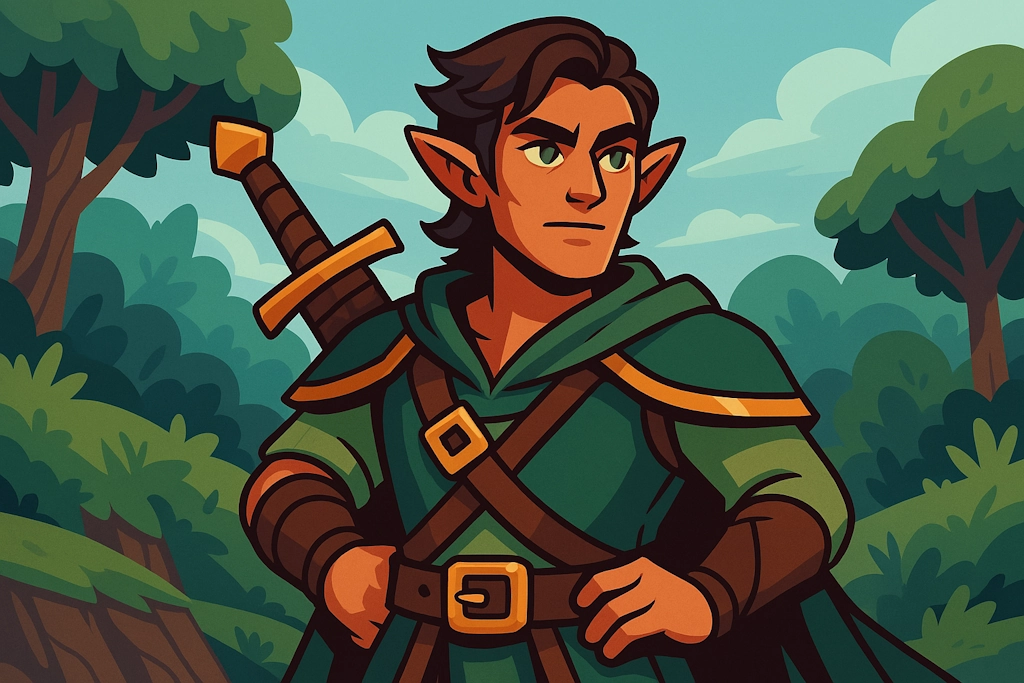🧝♂️Half-elves Names(Elf)
Generate names for beings of mixed human and elven heritage, balancing two worlds.
Choose your style:

Half-elves Names
Generate names for beings of mixed human and elven heritage, balancing two worlds.
Elf Half-elves NamesHuman Female Half-elves NamesHuman Male Half-elves NamesElf/Human Half-elves NamesHuman/Elf Female Half-elves NamesHuman/Elf Male Half-elves Names
Example Half-elves Names
Get inspired by these sample results
- Olleidia Tel
- Rooke Nel
- Isie Nellyn
- Tie Ealondomvatan
- Ava Miel
- Popholex Mindir
- Ruby Rhuieletaas
- Julie Ruviel
- Mantharin Cromvana
- Demin Tinassranel

